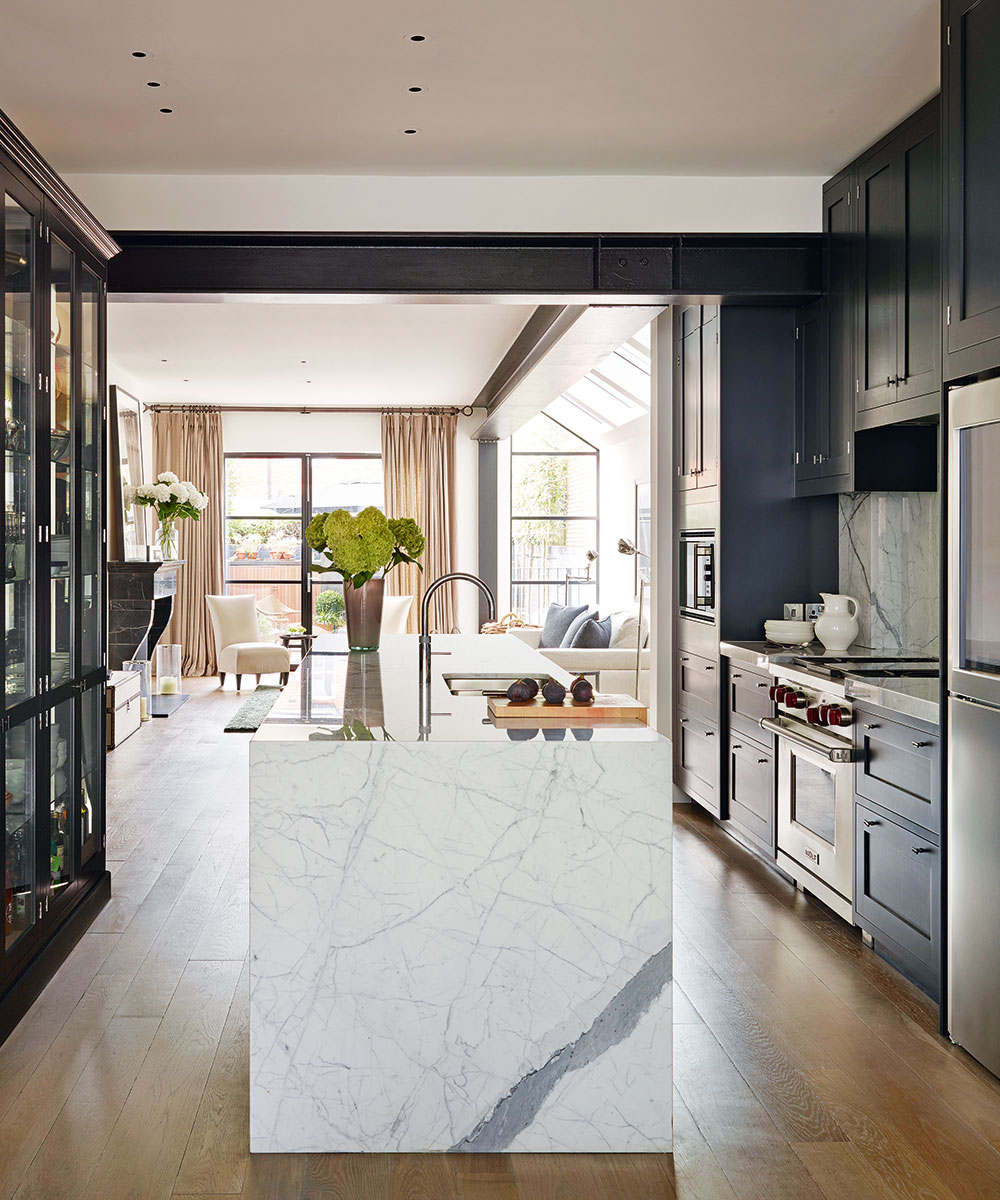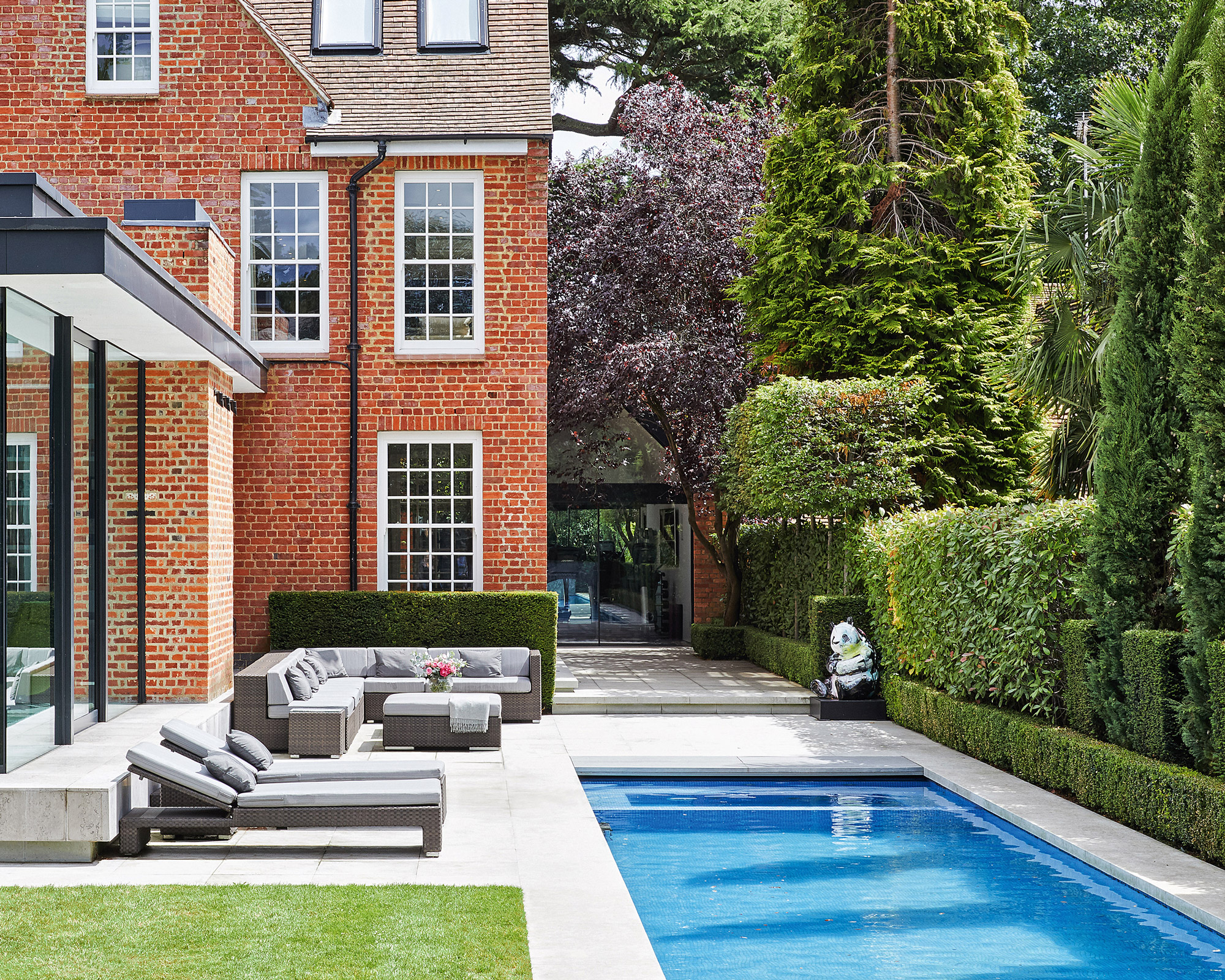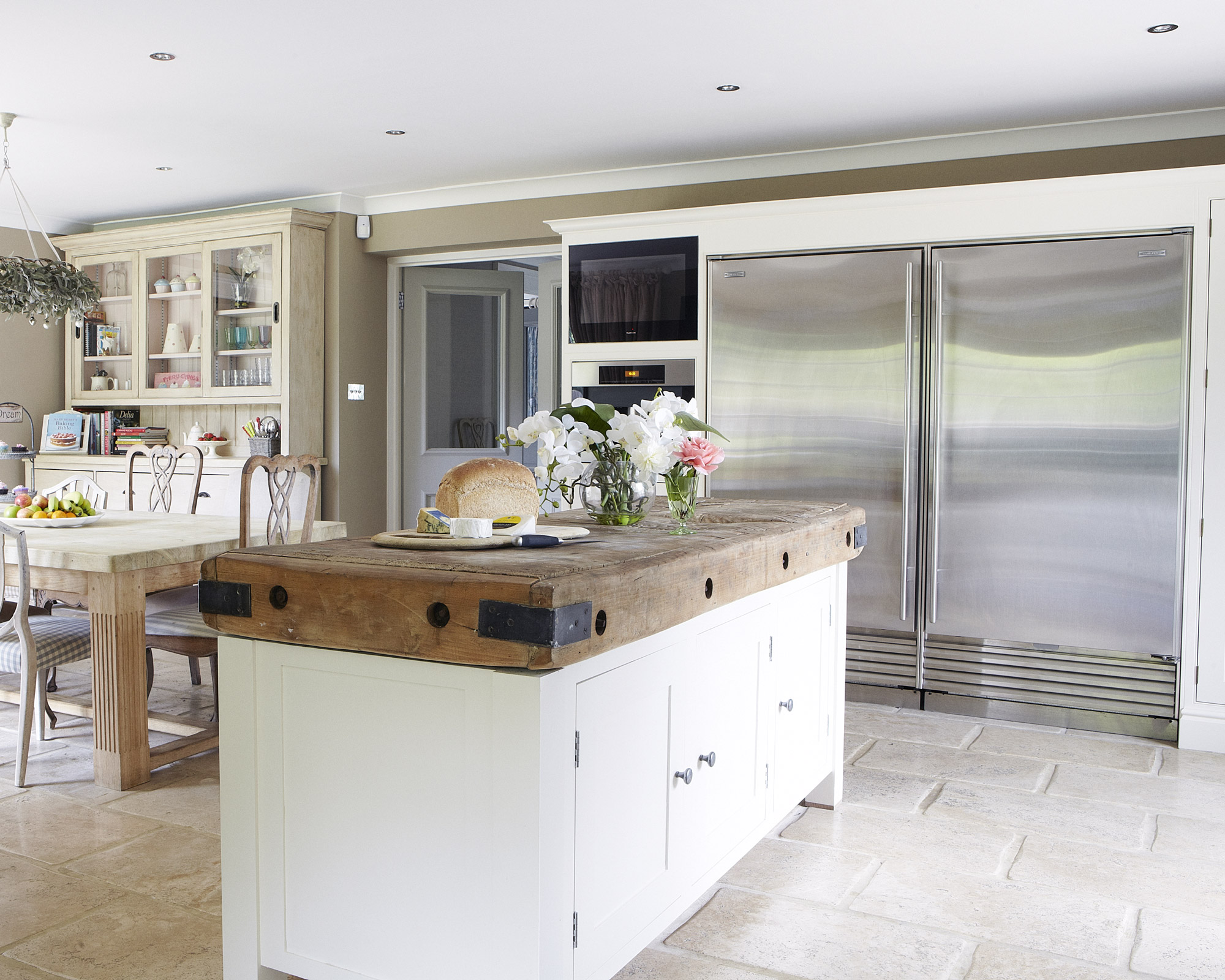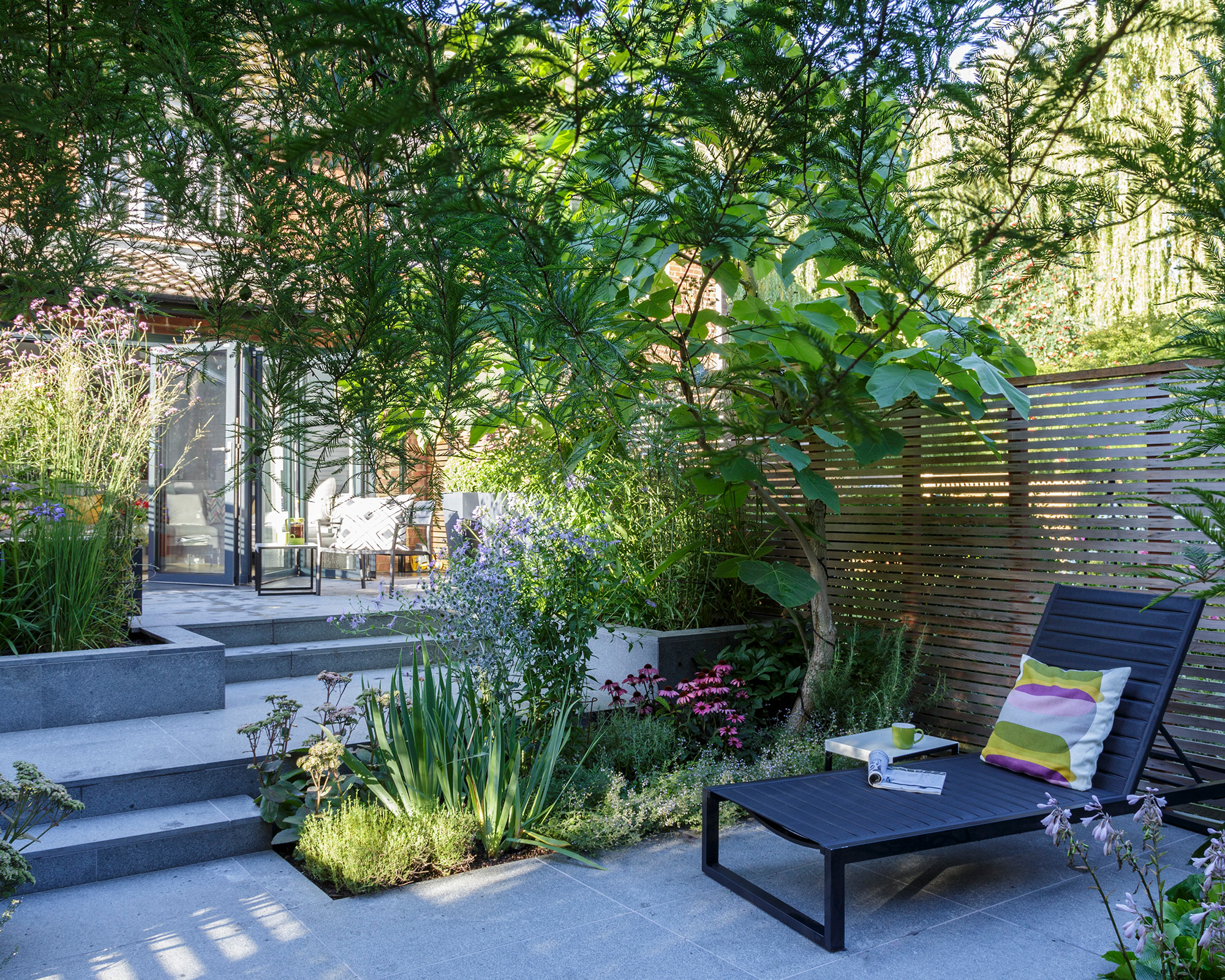8 home improvements that won't add value – what to avoid when renovating
These are the home improvements that you need to avoid if you want to add value to your property when renovating


Knowing which home improvements won't add value to your home is vital if you are planning to sell up – or considering investing a large sum of money in a home remodelling project.
In recent years, you can't move without being inundated with advice on how to make more money on your property. From big projects to small tweaks, there are plenty of changes you can implement that will guarantee you a better return on your investment when you eventually move on.
You've heard them all - from upgrading your home's energy efficiency and building an extension to converting the loft space and remodelling your bathroom - but is the cost, hassle and disruption involved really worth the return you'll reap in the end?
We've asked the experts for their take on the projects to avoid.
See more: Best ways to add value to your home – the home improvements you should tackle
1. Going open plan

Open-living remains extremely popular, as it can make a home feel more spacious and allow natural light to flow more freely. However, creating an open-plan layout requires significant work, including the removal of partition walls or doorways, which can cost at least $2,000/£1,500.
Additionally, the pandemic has meant people are spending much more time at home, and for some, an open-plan layout may not now be the most practical choice.
Design expertise in your inbox – from inspiring decorating ideas and beautiful celebrity homes to practical gardening advice and shopping round-ups.
John Lewis & Partners recently surveyed 2,000 people to reveal that one in five of have reconfigured an existing open plan space to accommodate multiple activities throughout the day; such as working, exercising and home-schooling.
So while we were once keen on opening up all the rooms in our homes, now that we're all indoors more, the need to have separate spaces within which to work, rest and play is far more important.
2. Extending a room (and losing a bedroom)
From extending an existing bedroom for more space to create a spacious master suite to creating the ultimate in luxe storage - a walk-in closet - expanding an existing room (and losing an a bedroom in the process) is a pretty poor investment if you plan to sell your home in the coming years.

There’s strong demand for walk-in wardrobes or expanded bedrooms to accommodate clothing and shoes. However, adding extra bedrooms typically increases a property’s value by around 15% more than creating additional wardrobe space. For this reason, it’s worth exploring clever storage solutions within smaller bedrooms instead.
See more: Interior design trends – the biggest looks of the year

3. Installing a swimming pool

Another effect the pandemic has had on our lives at home is that we're spending more time outdoors and improving our outdoor spaces is high on our lists of priorities.
Installing a swimming pool in your garden – provided it's big enough – can be an enormously complicated job and requires a fair deal of year-round maintenance, too.

'While a swimming pool is a standout feature that anyone would love,' agrees Heather, 'they're actually so expensive despite such a low return investment, with installation costs up to $90,000/£60,000 more.'
The British climate also has its downsides. 'It's an especially bad investment for properties in England,' she adds 'as the weather isn’t exactly the best for a day by the pool.'
4. Investing in high-end appliances

If you spend a lot of time in your kitchen and are a keen cook, spending as much as possible on the best appliances may be high on your list of investments. However, if you have plans to move in several years, you may want to hold off on those expensive purchases and plump for something a little less high-end.
Some high-end appliances cost double the amount of average appliances, despite broadly having the same features, so it’s important to remember that names aren’t everything.

While you can bring your appliances with you when you move house, this obviously isn't an option when dealing with built-in appliances, and more often than not, it's advisable to sell your home with all the fixtures and fittings intact.
- Crave a modern kitchen? Take a look at these modern kitchen ideas for instant reno inspo
5. Installing a wine cellar

Only true wine aficionados would even consider installing a wine cellar in their home, and the cost and expense involved would really have to warrant at least few decades use, too.
The idea of a wine cellar seems great, especially if you have an extensive range of high-quality wines. However, the cost of installation is exceptionally high, ranging up to $90,000/£70,000.
It would certainly make a quirky point of interest for a realtor or estate agent, but in truth, unless your buyer shares your love of wine, it's likely to be a hindrance rather than a bonus.
While you may see that as a unique feature in your home, it may end up setting you back more than you would expect, with little to no financial benefits.
6. Landscaping a garden

Landscaping a garden professionally is costly: think around $4,000/£3,000 on average – and it the vast majority of cases it's a home improvement that won't add to the value of your home. In fact, you're more likely to lose money overall or perhaps break even if you're lucky.
However, that's not to say that a garden shouldn't be landscaped or at least tidied and planted with attractive blooms – post-pandemic, more buyers than ever will be persuaded to make an offer on a property with a smart garden they can see themselves sitting in and enjoying rather than one that is untidy or unkempt. In fact, a neglected yard, particularly at the front of a house, is more likely to deter buyers from even viewing a property in the first place.
7. An attic conversion

This entry is a rather surprising one for us at Home & Gardens, and it's worth researching before planning your next move.
An attic or loft conversion is the most expensive project of all, costing an average of $40,000/£29,000. While it also adds the most value at an estimated 10.8%, this equates to just /$33,000/£25,700 on the current average house price resulting in a loss of $7,000/£3,300.
8. Fitting solar panels

Solar panels add the least value for potential homebuyers at just 0.5%. This equates to just $1,600/£1,190 added in value, but the job will set you back $6,400/£4,750 on average, resulting in an overall loss of $4,800/£3,560.
Thanks to Yes Homebuyers for these figures.
How do home improvements affect value negatively?
As we've said above, there are home improvements that won't add value. But how do you discern if the improvements you're planning will make your house worth more or not?
The general rule is this: improvements and repairs to your home's basic elements, such as the electrics, air conditioning, water services, the heating system, the roof and structure (think: failing foundations, damp problems, cracks in plaster and so on) will boost your home's value, while cosmetic improvements, such as a change of decor won't have a dramatic effect.

Ginevra Benedetti is Associate Editor on the Homes Content Team at Future. She has been writing about interiors for the past 16 years on the majority of Britain’s monthly interiors titles, such as Ideal Home, Country Homes & Interiors and Style at Home, as well as Livingetc and of course, Homes & Gardens. This naturally lead her into writing for websites like HomesandGardens.com.